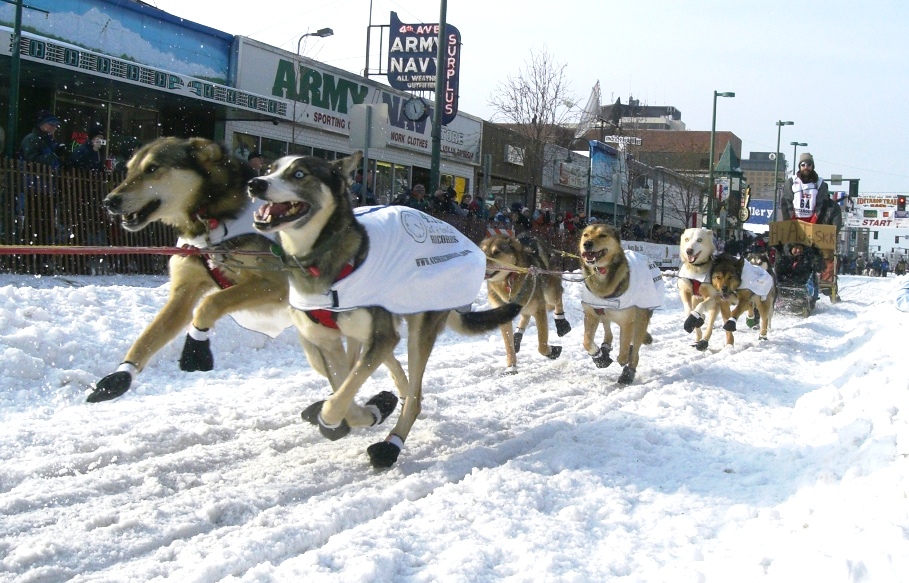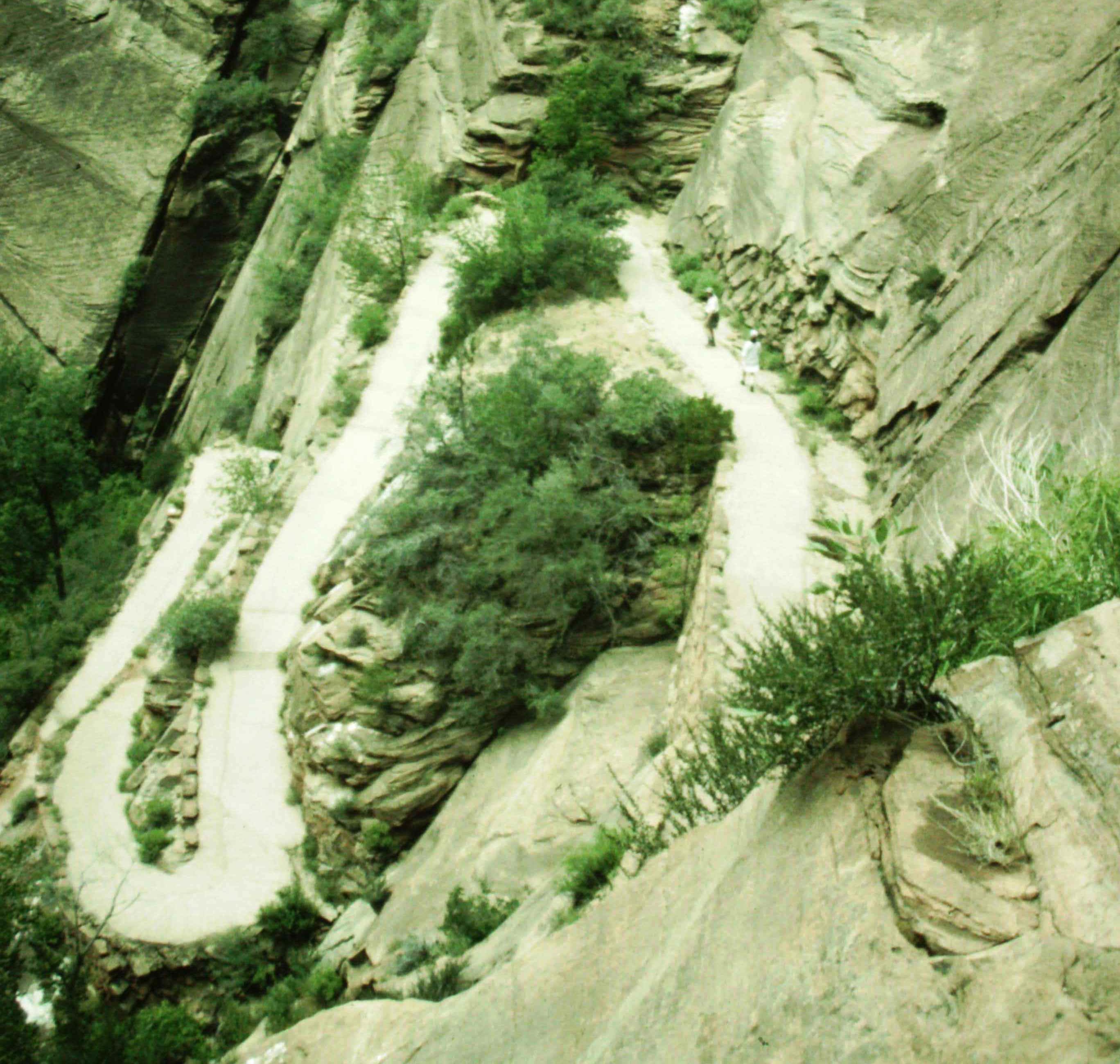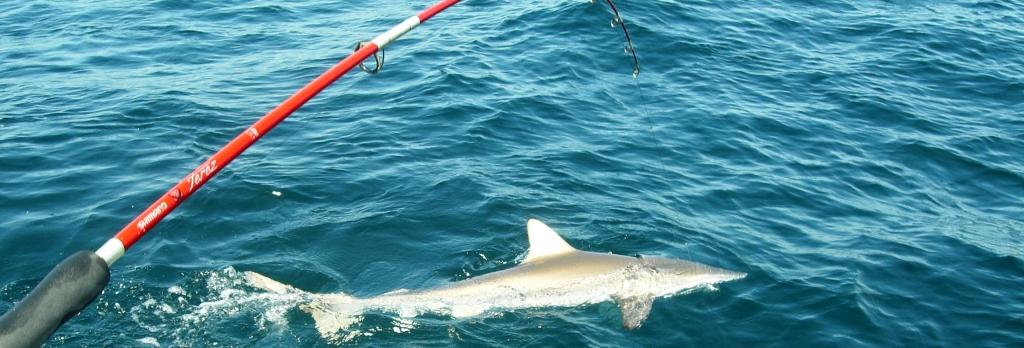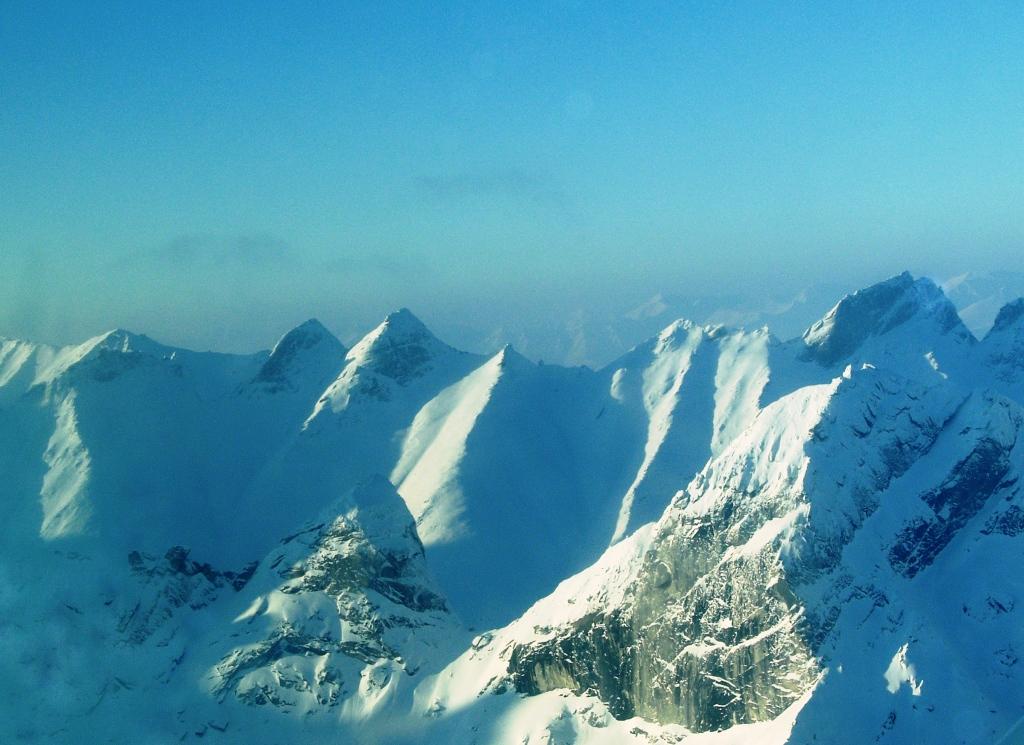Superlatives lose their meaning in Alaska. So it only seems fitting that the Iditarod, called “the toughest race on earth,” should take place in the state with North America’s highest peak, largest expanses of wilderness, biggest uninhabited forests, most expansive vistas of frozen tundra, and iciest seas.
In Your Bucket Because…
- It is one of the toughest athletic events in the world.
- It gives a glimpse into Alaska’s mythic history.
- For lovers of winter and sled dogs.
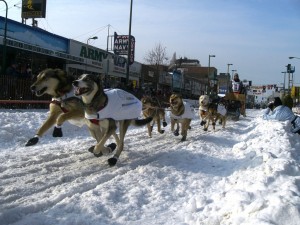
But just now, in Anchorage, at the ceremonial start of the race, the whole thing seems like a giant neighborhood party. Everyone knows everyone: the mushers, the helpers, the dogs themselves. There are hearty handshakes and heartfelt hugs, and the dogs do their part to up the excitement, yipping and gamboling, and jumping about, as pumped as an Olympic runner to get started and keep going. But the dogs have no anxiety, no nervousness: For them, this race — 1150 miles across a remote and dangerous winter landscape to celebrate Alaska and the Iditarod National Historic Trail — is all about the joy.
Alaska’s Iditarod: A Mythic Race in a Mythic Landscape
The Iditarod dogsled race could only happen in Alaska. The Iditarod Trail, now a National Historic Trail, began as a mail and supply route from the coast to mining camps in the interior. In 1925, part of the Iditarod Trail earned its place in the iconic Alaskan imagination when dog mushers raced against time to bring diptheria treatment across the wilderness to epidemic-stricken Nome.
The race runs 1150 miles from near Anchorage in southern Alaska, to Nome, on the coast of the Bering Sea. Most sled dog teams cover the distance in 10 – 17 days, during which they contend with pretty much every natural obstacle the Alaskan wilderness can conjure: wind-driven ground blizzards, frozen rivers, snowstorms, too many hours of darkness and not enough of light, and temperatures that plummet far below zero and stay there for days at a time.
The race has bred a cast of characters as mythic as the landscape, each known for a different impossible feat: the musher to have won the most times, completed the most races, the first female musher to win, the oldest musher to compete. The list goes on. Many of the Iditarod mushers become local heroes, as they enter the race yet again and again.
The Cermonial Start in Anchorage
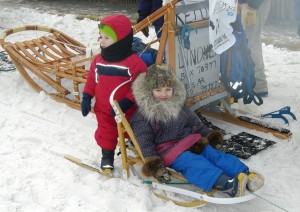
With its rich history and its epic scale, the Iditarod is not merely a sporting event. It is a celebration, firmly rooted in local tradition, but also open to everyone. Mushers can be men or women; they have included fishermen and doctors, artists and lawyers, as well as a collection of nationalities: Alaskans, including native Americans, Canadians, and a sampling of Europeans.
The race begins in Anchorage with a ceremonial start (which doesn’t count in the overall official times). The Anchorage start is a media event and a celebration, a big city-wide party and one last chance for each competitor to test drive the team and check equipment before heading into the wild. The night before the race I lay in bed trying to figure out what the familiar sound was I was listening to. I live on ski slope back at home, and it finally occurred to me that I was hearing heavy machinery like snow groomers: Global warming has raised temperatures so much that snow must sometimes be brought in by the truck load and spread over the Anchorage streets to give the dogs a place to pull their sleds.
In the morning, I joined thousands of onlookers walking around the newly whitened and barricaded streets, which had been turned into temporary kennels. Spirits were high, as old friends — and it seems everyone in Alaska is an old friend — greeted each other. America’s largest state is also its smallest town.
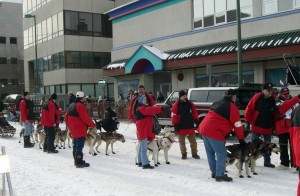
At the Anchorage start, each musher is announced, crossing the line to stares and cheers, greeted as the hero he (or she) is. Each sled also carries a guest rider who has either paid $7500 for the privilege of riding with a favorite musher, or who has won the place at an auction. Thousands of volunteers act as coordinators, checkers, dog handlers, and crowd controllers to keep the race running smoothly. Events open to the public include book signings and lectures by veterinarians who talk about sled dog care and safety issues.
The “Restart” is the Real Start of the Iditarod
The real start of the Iditarod used to take place in Wasilla, where mushers used to head into the wild to places with names like Yentna Station Roadhouse, Skwentna, the Kuskokwim River, the Yukon River, as well as Iditarod, Shageluk, and Anvik, or Unalakleet, Shaktoolik, and Koyukut. The route traditionally alternated every two years, to give more communities the chance to participate in the event, which brings an economic injection of tourist dollars to towns along the route.
Today, the route and even the starting point change for other reasons. Sprawl near Wasilla has moved the official start to a small town named Willow. But even that is subject to change: Sometimes, there isn’t enough snow. In recent years, the official starting point has been moved to several different towns, once moving 200 miles north to Fairbanks. It’s a sobering comment on the power of climate change — that it can affect even this iconic, mighty landscape. Still, the race goes on.
Practicalities
- A few words to the wise: Book hotels early, because everything fills up. And bring warm clothes, especially boots.
- The headquarters of the race have exhibits open to the public, along with souvenir items such as children’s books, headbands made of sled-do hair (they are really very pretty), warm clothes, and the usual assortment of refrigerator magnets, T-shirts, caps, and mugs.
- The Anchorage “Fur Rondy” (A fur auction) happens simultaneously. It’s an interesting look at Alaskan culture, even if you aren’t into buying fur.
